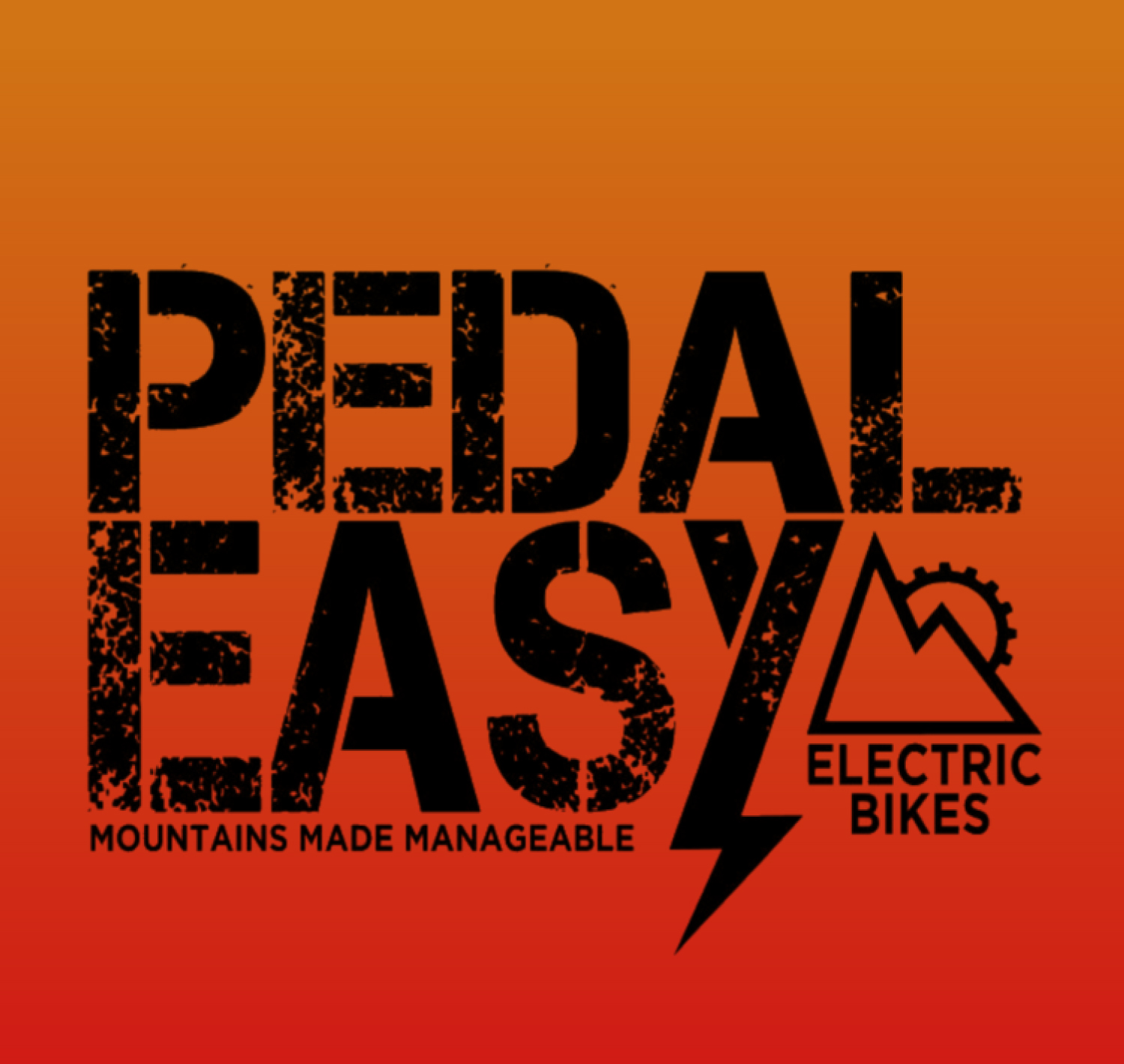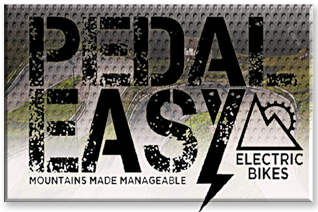Battery technology
Like most e-bikes on the market, ours use lithium-ion batteries. There are, however, many types of lithium-ion battery, and improvements in their chemistry are made every few years. Our ongoing battery test program keeps us at the state-of-the-art. Over the last decade we have upgraded our battery chemistry 4 times to ensure we are using the best available lithium-ion cell type for our design qualities (lightweight “bike-like” e-bikes). Most e-bike manufacturers do not constantly test and update like this, so many (most?) are using outdated battery technologies, and as a result have non-optimal performance.
Performance, cost, and safety characteristics differ depending on lithium-ion type. We rely on our own resistance-load, dynamometer, and field tests to evaluate & compare candidates under the specific conditions of service they face in our e-bikes. This ongoing testing has been very rewarding, as verified by the low weight and high performance of our bikes.
As of late 2021 the battery chemistry we use is a new lithium-ion variant, INR (lithium nickel manganese cobalt), which has high energy density, good inherent stability, and high amperage output.
INR supersedes the NCR variants we used between 2013 and 2020. Prior to 2013 we offered two types of lithium-ion battery, NMC (nickel-manganese-cobalt), and LFP (lithium iron phosphate). We have never used the type of lithium-ion battery that became infamous a few years ago in the news (laptops, Dreamliner aircraft) (lithium cobalt oxide, LCO).


